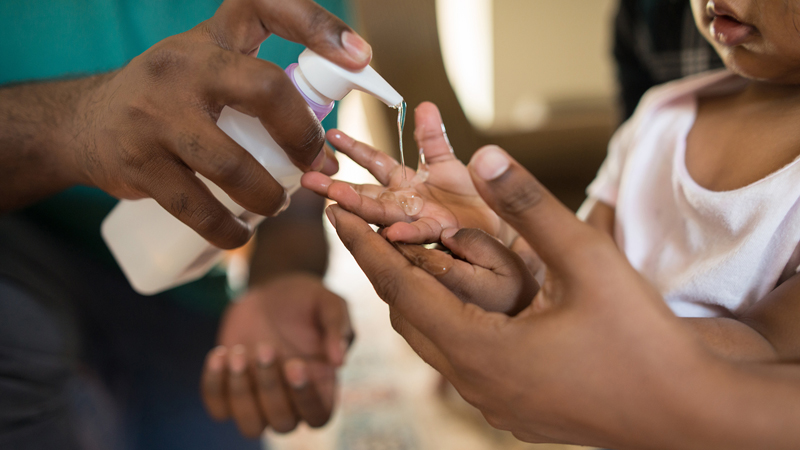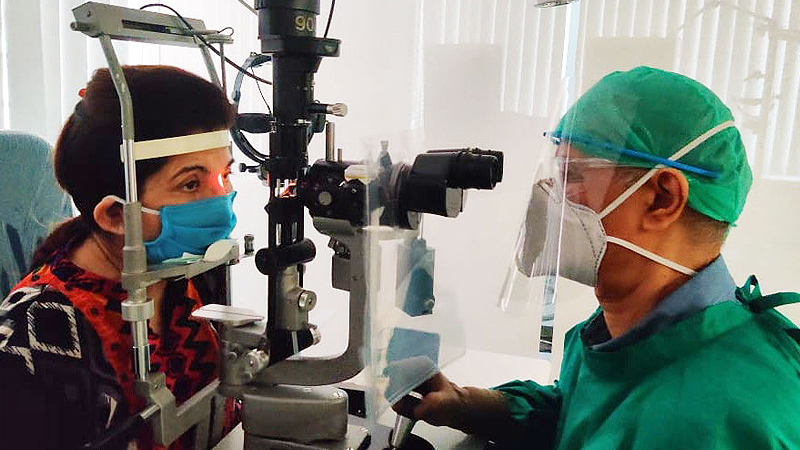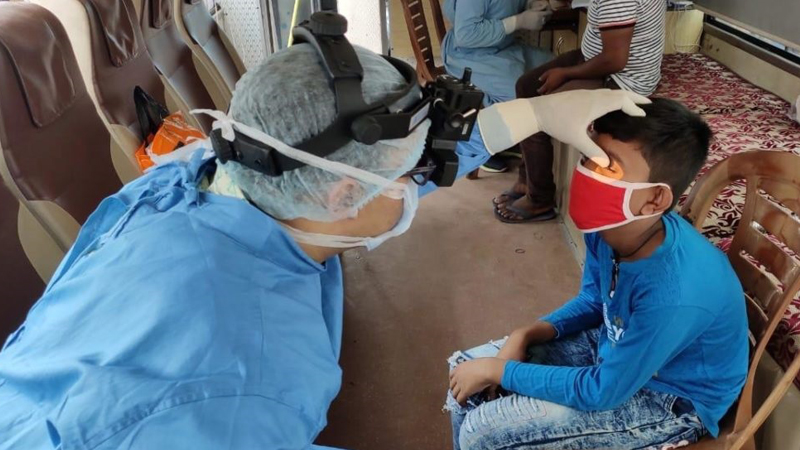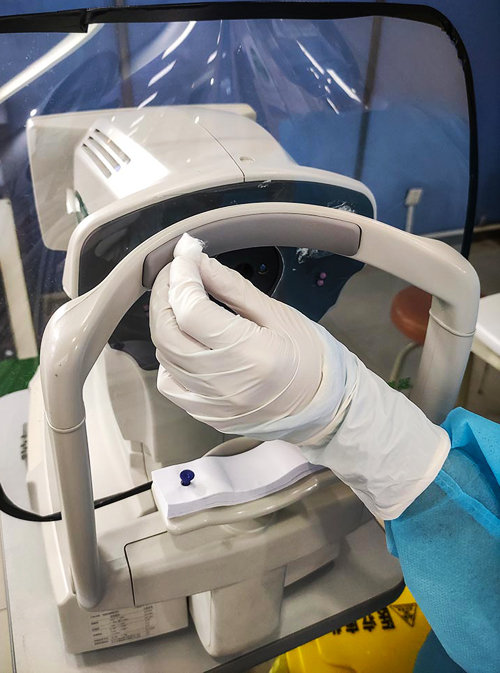In order to safeguard the visiting patients and the staff of the hospital we have taken the following actions to prevent the spread of COVID-19.
A Task Team was formed to develop the following protocols to prevent the spread of COVID-19, which are as follows:




Equipment and Instruments All ophthalmic equipments used including the slit lamps in the triage area are cleaned after every patient examination with Sodium Hypochlorite solution and Sterilium.
Object Surfaces and Floor Cleaning: All object surfaces including tables, chairs, floors including lift buttons are sanitized on a regular basis. Sterilisation with UV light.
Other Preventive Measures:
E-Consultation:
Telecalling The Post-Ops & High Risk Patients: